1. Coffee Cups
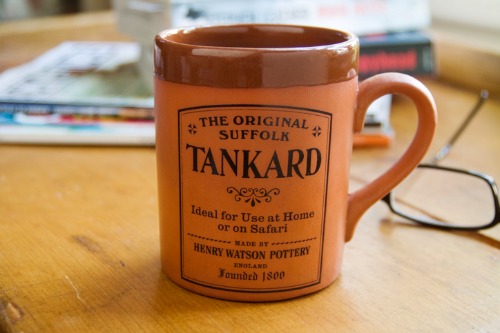
Once just a caffeine delivery system, the humble coffee cup has turned into a design icon. From the clean minimalism of Scandinavian ceramics to the Instagram-famous “latte art,” it’s become an aesthetic experience. Artists and designers now use the cup itself as a canvas—some even create entire installations out of disposable cups. What was once a morning necessity has quietly entered the world of collectible, functional art.
Part of this shift comes from our obsession with presentation. Baristas pour milk into tiny hearts, cafes brand cups with artistic logos, and collectors chase limited-edition mugs. Even major museums have coffee cup exhibits exploring the intersection of design and habit. The cup isn’t just for drinking anymore—it’s a visual ritual.
2. Sneakers
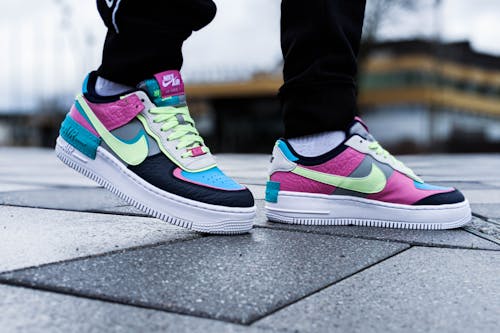
Sneakers have sprinted far beyond the gym. In the 1980s, they became cultural currency through hip-hop and basketball, but now they’re bona fide art pieces. Nike’s collaborations with artists like Tom Sachs or Virgil Abloh blur the line between function and artistic statement. Some sneaker drops even end up in museum exhibitions, treated like sculptures.
Their evolution is about storytelling as much as design. Every colorway, stitch, and limited release carries meaning—whether social commentary or personal expression. Collectors treat them with reverence, often never wearing them at all. The sneaker world shows that even rubber soles and laces can carry profound cultural weight.
3. Skateboards
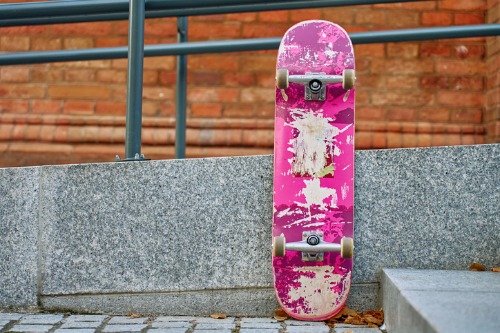
What started as street rebellion has rolled straight into the art world. Skateboard decks, once destined to scrape pavement, are now hung on gallery walls. Brands like Supreme and artists like Takashi Murakami have turned decks into collectible canvases. Their flat wooden surfaces provide the perfect blend of pop culture and fine art.
Even broken boards tell a story—scuffed, chipped, and raw, they’re accidental sculptures of youth and movement. Museums like MoMA have featured skateboard art to celebrate its cultural evolution. This transformation mirrors how rebellion itself can age into reverence. A scratched deck now stands for freedom and artistry at once.
4. Street Signs

Street signs were designed for order, but they’ve inspired chaos—in a good way. Artists have long repurposed them, from Banksy’s altered “Stop” signs to playful reinterpretations by conceptual designers. Their clean typography and recognizable symbols make them irresistible for commentary. The result is that signs meant to control movement now provoke thought instead.
Their appeal lies in familiarity. Everyone knows what a “Yield” sign means, so when it’s flipped or reimagined, the message hits harder. Urban art thrives on that tension between function and rebellion. These metal rectangles have become unexpected billboards for imagination.
5. Chairs
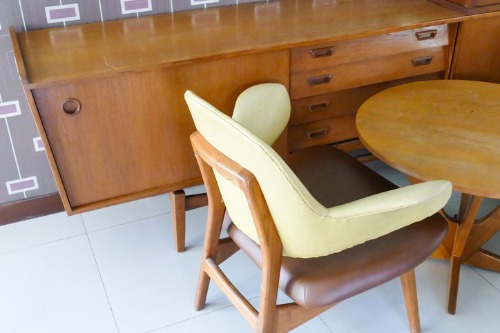
The chair might be humanity’s most quietly expressive object. It’s functional, yes, but furniture design has become a field of artistry. From Eames’ molded curves to Gaudí’s surreal creations, chairs are statements of form and philosophy. Each design reflects the era’s relationship with comfort, status, and aesthetics.
Even everyday chairs carry a kind of sculptural elegance. Think of café bistro chairs lined up in Paris streets or IKEA’s minimalist silhouettes. Designers now treat chairs like self-contained art installations, merging engineering with emotion. Sitting down, it seems, has never looked so beautiful.
6. Neon Signs
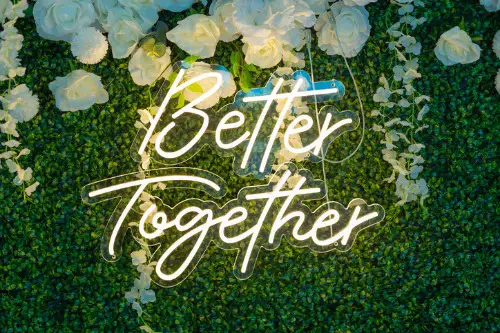
Once just a way to shout “Open Late,” neon signs have become glowing emblems of nostalgia and art. Their luminous curves and colors evoke entire eras—Hollywood glamour, roadside diners, urban nightlife. Contemporary artists like Tracey Emin have embraced neon for its emotional immediacy. It’s light, language, and feeling fused together.
Neon’s artistry lies in its fragility and warmth. Each tube is handmade, bent by skilled craftspeople who bridge industry and creativity. Museums now preserve vintage signage as cultural artifacts. What was once commercial noise now hums with meaning and history.
7. Typewriters
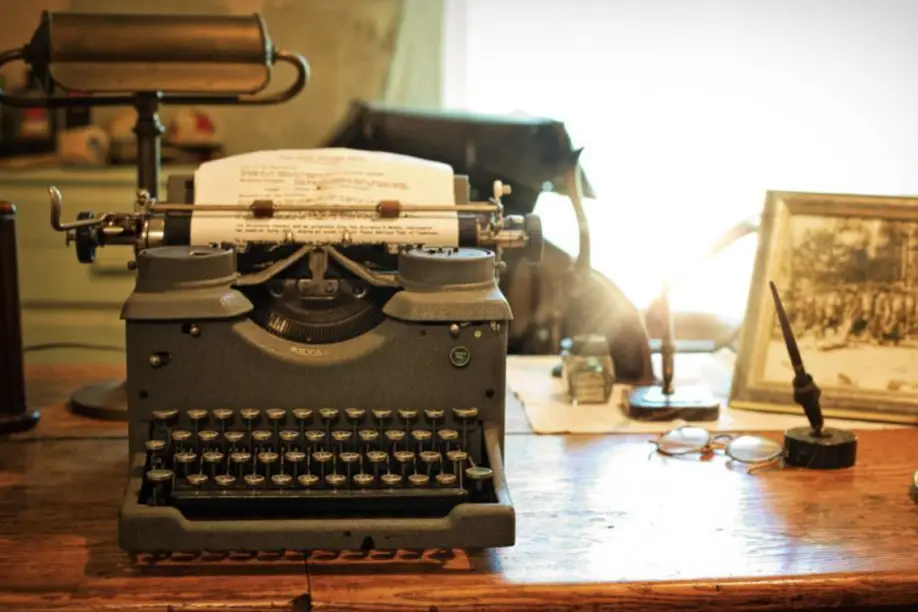
Before laptops, the typewriter was just a machine for getting words onto paper. Now, it’s revered as a work of mechanical poetry. The rhythmic clack of its keys and the tactile elegance of its design evoke a slower, more intentional era. Even non-writers collect them for their sculptural charm.
Restorers and artists have elevated them further, transforming old machines into kinetic sculptures or sound art pieces. Typewriter poetry events celebrate the fusion of technology and artistry. Its mix of nostalgia and craftsmanship makes it timeless. Every ding feels like punctuation to an era that valued patience.
8. Paper Clips

It doesn’t get more mundane than a paper clip—until you notice its perfect simplicity. That single twist of wire, patented in the late 19th century, is almost mathematically elegant. Its form has inspired jewelry, sculpture, and minimalist design philosophy. The paper clip proves that beauty sometimes hides in utility.
Artists and designers have used it as a symbol of resilience and unity, especially after World War II, when Norwegians wore paper clips as silent resistance. Its clean lines embody modernism itself—function distilled into form. Some art schools even use it as a design exercise in purity. This tiny object carries a surprisingly deep cultural imprint.
9. Umbrellas

Rain protection became art without us noticing. From the intricate designs of traditional Japanese wagasa to the sleek minimalism of modern collapsibles, umbrellas have evolved into aesthetic statements. Artists use them in installations to explore fragility and shelter. Think of Christo and Jeanne-Claude’s “The Umbrellas,” which covered landscapes with thousands of them.
Even everyday umbrellas can be visual poetry in motion—colorful canopies blossoming on gray days. They pop in photos, brighten sidewalks, and spark small joy. Designers now play with transparency, geometry, and sustainability. A tool against rain has quietly become an art of optimism.
10. Wristwatches
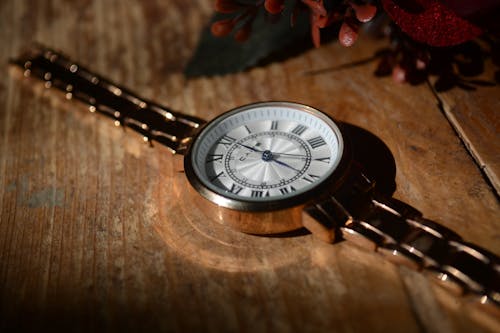
In a digital age, the wristwatch endures as wearable art. Its appeal goes far beyond telling time—it’s about craftsmanship and story. Brands like Patek Philippe and Rolex treat their pieces like tiny sculptures. Even minimalist watches celebrate precision as poetry.
Watchmakers blend engineering with aesthetics in ways few other objects do. Every gear and dial is a performance of human ingenuity. Collectors admire not just the look but the rhythm of the mechanism itself. On the wrist, it’s both fashion and philosophy ticking in unison.
11. Trash Bins

You might not think of a garbage can as art, but urban designers beg to differ. From sleek, stainless steel models in Tokyo to colorful, sculptural bins in Copenhagen, they’ve become part of a city’s aesthetic language. Designers like Philippe Starck have turned even waste management into design statements. The result: function that feels surprisingly refined.
The artistry is in the way these bins interact with their environment. They reflect how we think about cleanliness, order, and civic pride. Some even integrate solar panels or digital sensors, merging technology and design. A good trash bin proves that beauty can exist at every level of urban life.
12. Mirrors
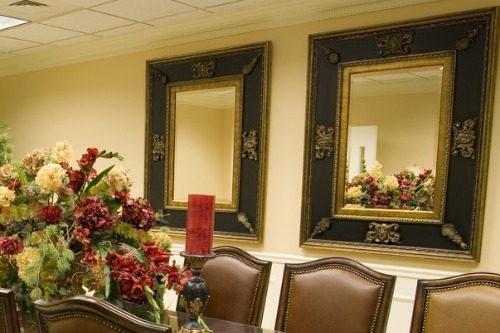
Mirrors are practical, yes—but also portals to imagination. Artists have long been fascinated by their duality: reflection and illusion. From antique frames to minimalist designs, mirrors alter how we see space and ourselves. In installations, they multiply reality, blurring the line between viewer and art.
Even in homes, mirrors function as sculptural light catchers. Designers play with shapes, tints, and textures to evoke mood and depth. The mirror’s quiet artistry is that it’s always participatory—you’re part of the image. That interactivity keeps it timelessly intriguing.
13. Keys
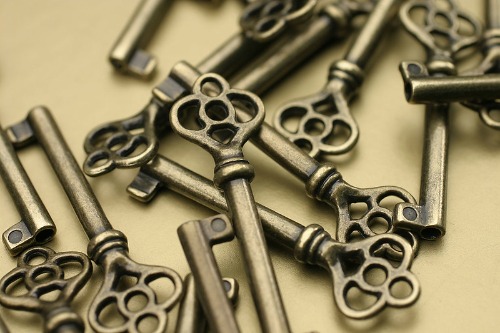
A key’s purpose is simple, but its symbolism runs deep. It’s one of humanity’s oldest designs, merging security and mystery. Antique keys are often intricate pieces of metalwork, tiny sculptures that tell stories of craft and secrecy. Even modern keys, with their geometric notches, carry a strange kind of beauty.
Artists have used keys in installations about memory, belonging, and loss. In 2015, Ai Weiwei filled a Berlin hall with 90 tons of keys to represent collective identity. Their repetitive, metallic shapes turn function into metaphor. Keys quietly unlock both doors and emotions.
14. Shopping Carts

Shopping carts are hardly glamorous, yet they’ve found their way into contemporary art. Sculptors like Mike Kelley and artists like Banksy have reimagined them as critiques of consumerism. Their industrial simplicity and instantly recognizable form make them powerful visual tools. What we see as ordinary metal becomes a mirror of modern life.
Even outside galleries, designers experiment with more ergonomic and aesthetic versions. Sleeker shapes, bright colors, and sustainable materials turn them into design challenges. They’re symbols of both abundance and emptiness. In their wire grids, we glimpse the architecture of desire.
15. Light Switches
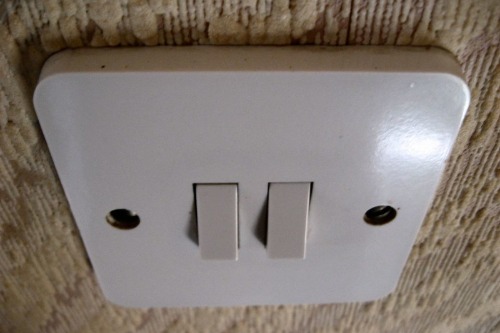
The light switch might be the most unnoticed piece of design in any room. Yet it controls something profoundly symbolic: illumination. Designers now craft switches as aesthetic objects, from Art Deco brass toggles to touch-sensitive panels. They’re functional poetry—tiny interactions that shape mood and experience.
Every click or tap connects us to centuries of design evolution. From Edison’s pull cords to smart glass controls, switches chart our relationship with progress. Minimalist interiors celebrate them as punctuation marks on the wall. The light switch reminds us that even invisible beauty can shine with the flick of a finger.
This post 15 Everyday Objects That Quietly Became Art Without Anyone Noticing was first published on Greenhouse Black.
